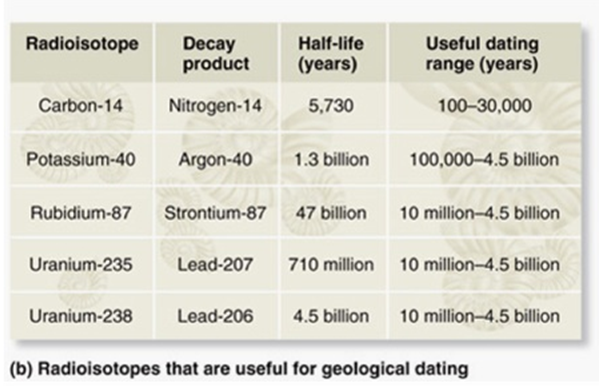Which of the following events will occur as an ocean current moves from an equatorial region towards a polar region?
A. The current will be warm as it leaves the equatorial region and begins to cool as it moves towards the polar region. This in turn will cause the air currents to become warmer as they move closer to the poles, creating a desert type of biome.
B. The current will be cool as it leaves the equatorial region and begins to warm as it moves towards the polar region. This in turn will cause the air currents to become cooler as they move closer to the poles, creating a tundra type of biome.
C. The current will be warm as it leaves the equatorial region and begins to cool as it moves towards the polar region. This in turn will cause the air currents to become warmer as they move closer to the poles, creating a grassland type of biome.
D. The current will be warm as it leaves the equatorial region and become even warmer as it moves towards the polar region. This in turn will cause the air currents to become warmer and drier as they move closer to the poles, creating a tundra type of biome.
E. The current will be warm as it leaves the equatorial region and begins to cool as it moves towards the polar region. This in turn will cause the air currents to become cooler as they move closer to the poles, creating a tundra type of biome.
Answer: E
You might also like to view...
The age of a fossil can be estimated by analyzing the decay of radioisotopes within the accompanying rock. If you suspected a fossil was 100 million years old, which type of radioisotopes would you use to analyze the accompanying rock?

A. Potassium-40/Argon-40 (half-life = 1.3 billion years; useful dating range =100,000-4.5 billion years)
B. Rubidium-87/Strontium-87 (half-life = 47 billion years; useful dating range = 10 million-4.5 billion years)
C. Uranium-235/Lead-207 (half-life = 710 million years; useful dating range = 10 million-4.5 billion years)
D. Carbon-14/Nitrogen-14 (half-life = 5,730 years; useful dating range = 100-50,000 years)
E. Uranium-238/Lead-238 (half-life 4.5 billion years; useful dating range = 10 million-4.5 billion years)
The primary, natural habitat of a pathogen where it continues to exist is called the
A. vector. B. reservoir. C. carrier. D. fomite. E. source.
Systemic lupus erythematosus (SLE) is a type III hypersensitivity disorder. .
Answer the following statement true (T) or false (F)
The number of animal phyla now recognized is about
A. 17. B. 67. C. 10. D. 35. E. 56.